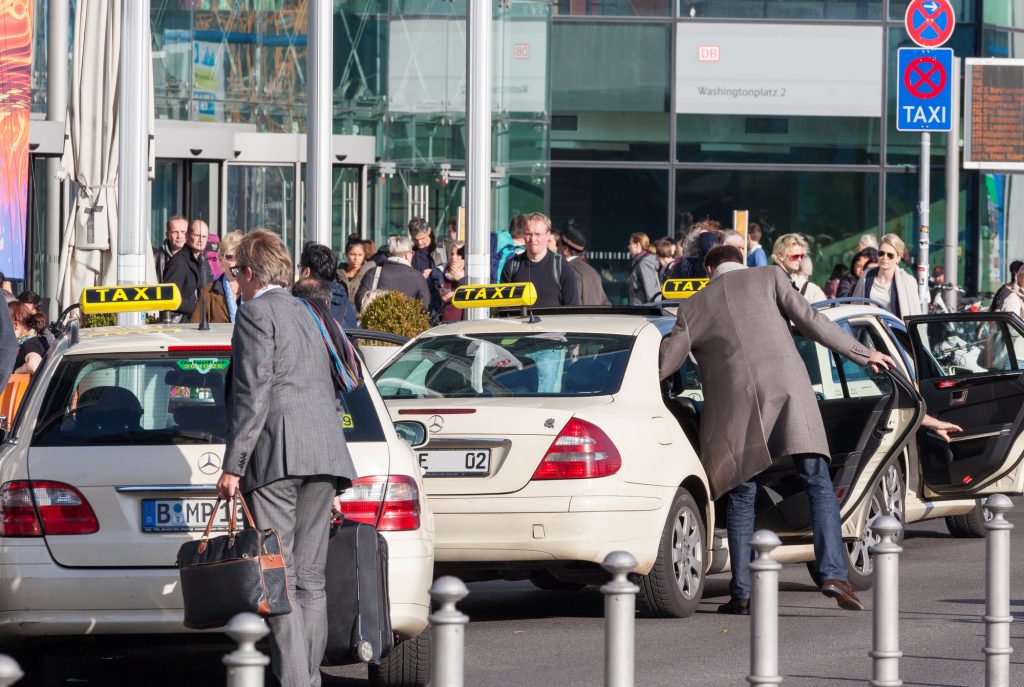Bleisure travel, or combining business travel with leisure time, is a growing trend, with just under half of all business travellers now extending their trips by a couple days.
However, bleisure travel can be a challenging prospect for those working in security, risk and business continuity roles. While it is essential to fulfil your duty of care and ensure client safety, this can be complicated when business time becomes leisure time – are you still responsible for ensuring the safety of individuals if they’re no longer on the clock?
This makes it essential to communicate clearly where your responsibilities – both individual and the organisation’s – end and the traveller’s begin.
Studies indicate that more than a quarter of bleisure trips involve some kind of activity that increases the level of risk travellers are exposed to, while almost 12 percent of bleisure travellers have required organisational support while overseas. Yet despite this, only 37 percent of organisations review the risk rating of a leisure destination ahead of approving bleisure travel.
Technological solutions are one way to overcome this challenge and people tracking software such as Drum Cussac’s PeopleMonitor can be an invaluable tool in monitoring the well-being of travellers across the globe. Similarly, technology can be used to identify high-risk locations, track developing incidents and maintain situational awareness, ultimately informing organisational travel policies.
Bleisure travel can also be a challenge because it is generally so poorly defined in most organisation’s policies. This makes it vital that those responsible for traveller safety clearly communicate to the wider business exactly what the organisation’s responsibilities and expectations are in relation to bleisure travel.
While these issues would typically be covered by the company’s safety and security measures, e.g. via travel insurance, risk alerts, people tracking etc., these protective covers may not be extended to the leisure portion of a trip.
It’s essential to be clear with travellers where the organisation’s duty of care obligations begin and end. This helps to prevent potential confusion, misinterpretation and negative business impacts down the line.
So while bleisure travel offers excellent opportunities for employees to enjoy downtime around the world, benefit from corporate booking discounts and generally return to work refreshed, it does put strain on those responsible for ensuring traveller safety.
While it’s impossible to totally mitigate risk for bleisure travellers, security, continuity and risk teams can use technology to help ensure the wellbeing of travellers wherever they are. Not only can tech solutions streamline processes, saving time and resources, but can also be used to contact travellers in real-time if an incident does arise. Centralising risk management via technology in this way can be an important first step towards a fully-integrated security solution.
For more information on bleisure travel, download Drum Cussac’s new whitepaper now.
The security challenges of Bleisure Travel
By: Brandon Thompson, Managing Director at Drum Cussac
Drum Cussac is a global security consultancy responsible for ensuring the safety of more than 15 million people. Our intelligence and analysis services (IAS) offer 24/7 expertise via in-house professional intelligence operators and analysts, cutting-edge technology and a comprehensive global network.


Leave a Reply